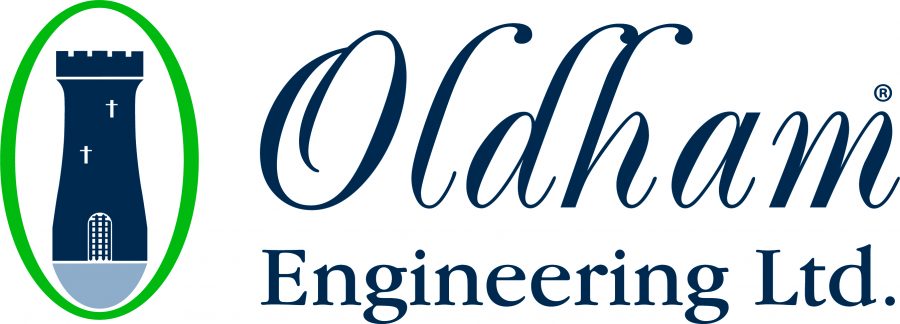
Classic Power Packs
Classic power packs are well-suited to critical plating applications.
Hover over the logos to learn more about the companies who made this project possible.

SIFCO Applied Surface Concepts (SIFCO ASC) provides selective electroplating and...
SIFCO Applied Surface Concepts (SIFCO ASC) provides selective electroplating and anodising solutions, including plating equipment, high-quality chemical systems, and expert training for the aerospace industry.
SIFCO Applied Surface Concepts (SIFCO ASC) provides selective electroplating and anodising solutions, including plating equipment, high-quality chemical systems, and expert training for the aerospace industry.

Oldham Engineering is a turnkey project management specialist, providing in-house...
Oldham Engineering is a turnkey project management specialist, providing in-house services of design, coded fabrication (BSEN ISO 3834-2), medium-heavy (30t - 10m) precision, computer numerical control (CNC) machining and robot welding, as well as complex assembly and testing for bespoke projects and batch production.
Oldham Engineering is a turnkey project management specialist, providing in-house services of design, coded fabrication (BSEN ISO 3834-2), medium-heavy (30t - 10m) precision, computer numerical control (CNC) machining and robot welding, as well as complex assembly and testing for bespoke projects and batch production.

Mtag Composites provides the aerospace industry with phenolic and polyester...
Mtag Composites provides the aerospace industry with phenolic and polyester fibreglass, reinforced mouldings, as well as painting and restoration solutions for composite glass-reinforced plastic (GRP) panels.
Mtag Composites provides the aerospace industry with phenolic and polyester fibreglass, reinforced mouldings, as well as painting and restoration solutions for composite glass-reinforced plastic (GRP) panels.




